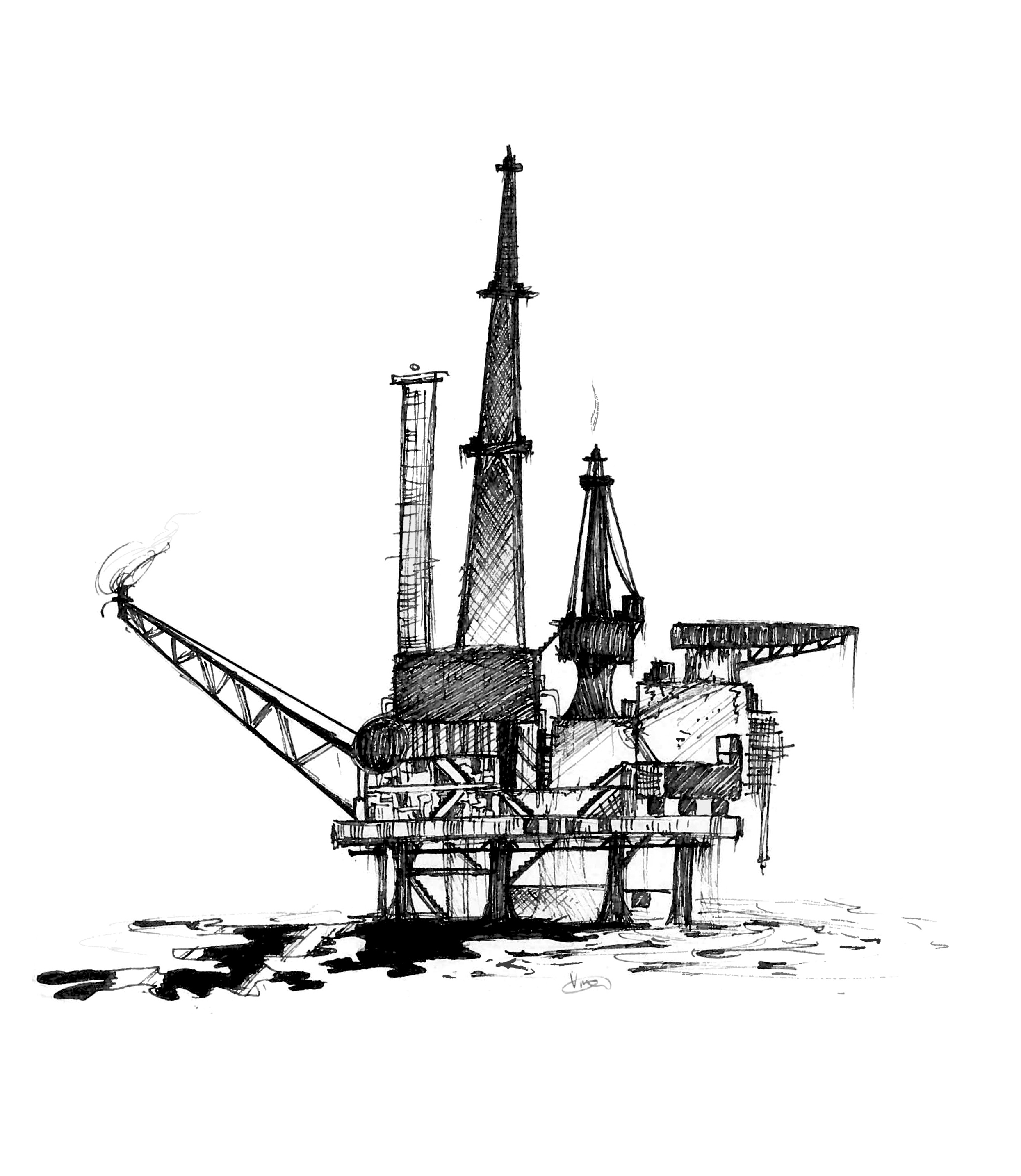The North Sea is getting oily. And it is not just because of the recent oil spill at Clair Oil Rig, which released 95 tonnes of oil into the North Sea.
According to a recent survey from the Maritime and Coastguard Agency (MCA), accidental releases of oil and chemicals in the North Sea are at a 14 year high.
The survey, summarising accidental oil spills from 2014, found 601 reported accidental offshore oil and chemical spills.
This number is up 14.5 per cent from 2013. Of the 601 accidents, 380 were oil spills, the highest it has been since 2000.
The increased incident rate raises the question: Are oil and gas companies regressing when it comes to spill prevention?
Equipment failure is thought to be the primary reason for oil spills.
Offshore oil spills can be due to a number of equipment failures including: corrosion, pipe leaking, loose fittings, blocked or overfull drains, and various specific ‘technical problems’ for different rigs.
Despite a decrease in the number of vessel oil spills, the overall number of oil spills has increased compared to 2013.
However, the oil company BP industries and the UK Government insist that the increased number is due improved reporting practices.
According to a BP company spokesman, David Nicholas: “BP’s policy is to report every release, no matter how small.”
The UK government also encourages third parties to report any spill, so the government can access the situation and take action if necessary.
The MCA survey originally reported 1793 oils spills, but found that many of the reported spills were duplicates.
Within the final number of 787 oil spills, over half of the releases were less than 0.01 tonnes and many were of low toxicity.
According to Mick Borwell, the safety policy director of the industry body Oil & Gas UK, the amount of oil leaked is small compared to the amount produced in 2014.
“The size of the accidental releases is small. The average size is 0.094 tonnes or 9.4kg, which we would expect to rapidly disperse in the sea” says Borwell.
Nevertheless, even small amounts of oil can cause significant damage.
When the oil reaches land it coats the surface, and can stay on the beach for weeks or longer.
The remaining oil can affect the ecosystem of the land for years, following the initial spill.
Large quantities of oil on the surface of the water block the sun and oxygen, killing plants by preventing photosynthesis.
Seabirds who dive into oily water get oil in their feathers which prevents them from flying or maintaining their body heat.
Distant animals, including humans, who eat fish or plants from an oil-spill area are at an increased risk of toxicity from eating the oil absorbed by plants or animals.
Environmental groups, such as BP or Not BP and WWF Scotland, are pressing for increased safety measures.
Calling BP’s safety record ‘abysmal’ and ‘appalling’, they demand better regulations to prevent oil spills.
Unfortunately, the long term effects of a spill is often not seen until years later.
The UK government has stated: “We take safety and environmental compliance by our oil and gas industry very seriously” but only time will tell the impact of the increase in oil spills.
Image: Vivian Uhlir

